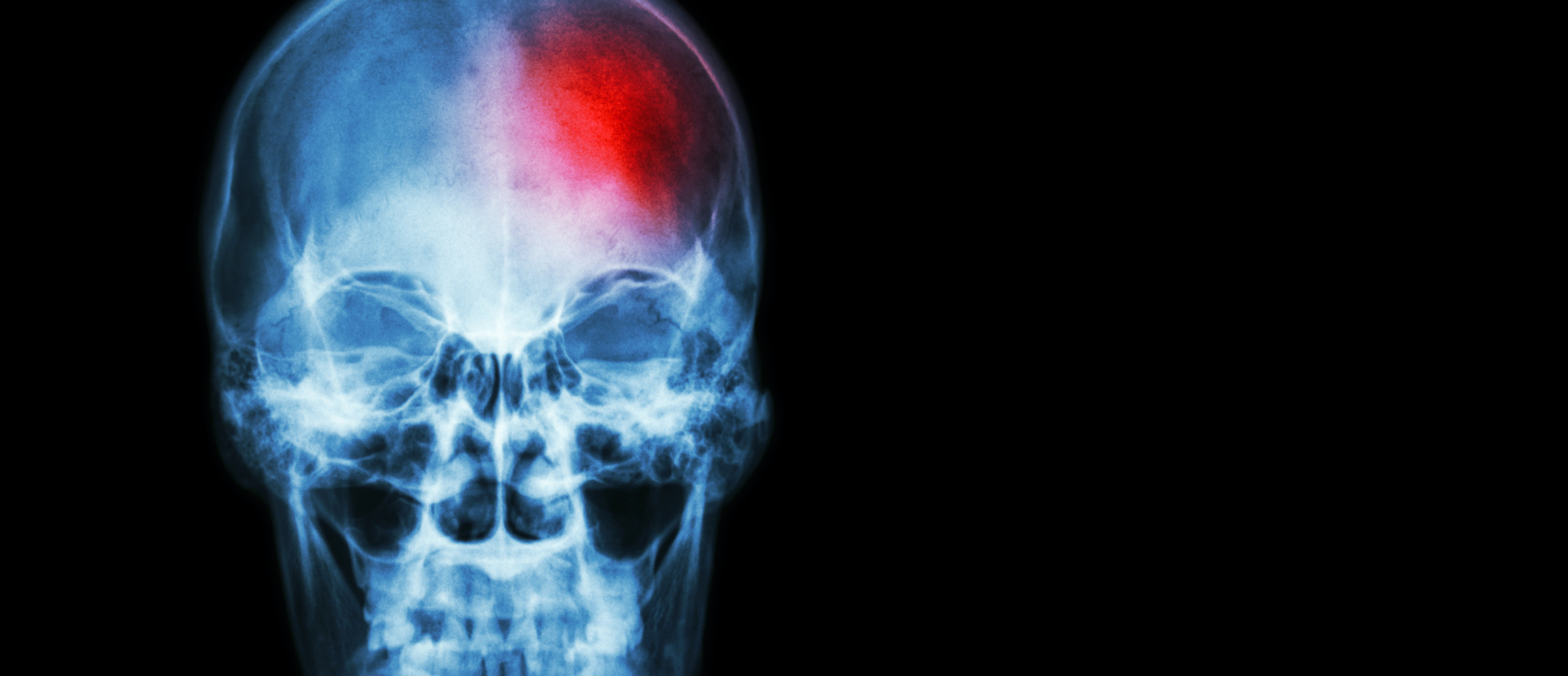1 Feigin VL, Forouzanfar MH, Krishnamurthi R, Mensah GA, Connor M, Bennett DA, et al.; Global Burden of Diseases, Injuries, and Risk Factors Study 2010 (GBD 2010), GBD Stroke Experts Group. Global and regional burden of stroke during 1990-2010: findings from the Global Burden of Disease Study 2010. Lancet. 2014 Jan;383(9913):245-54.
2 Fleischmann A, De Leo D. The World Health Organization’s report on suicide: a fundamental step in worldwide suicide prevention. Crisis. 2014;35(5):289-91.
3 Harris EC, Barraclough B. Suicide as an outcome for mental disorders. A meta-analysis. Br J Psychiatry. 1997 Mar;170(3):205-28.
4 Jenkins R. Addressing suicide as a public-health problem. Lancet. 2002 Mar;359(9309):813-4.
5 Suominen K, Isometsä E, Suokas J, Haukka J, Achte K, Lönnqvist J. Completed suicide after a suicide attempt: a 37-year follow-up study. Am J Psychiatry. 2004 Mar;161(3):562-3.
6 Tidemalm D, Långström N, Lichtenstein P, Runeson B. Risk of suicide after suicide attempt according to coexisting psychiatric disorder: Swedish cohort study with long term follow-up. BMJ. 2008 Nov;337:a2205.
7 Milner A, Sveticic J, De Leo D. Suicide in the absence of mental disorder? A review of psychological autopsy studies across countries. Int J Soc Psychiatry. 2013 Sep;59(6):545-54.
8 Bertolote JM, Fleischmann A, De Leo D, Wasserman D. Psychiatric diagnoses and suicide: revisiting the evidence. Crisis. 2004;25(4):147-55.
9 Office fédéral de la santé publique (OFSP), Conférence suisse des directrices et directeurs cantonaux de la santé (CDS), fondation Promotion Santé Suisse. (2016, November 16). La prévention du suicide en Suisse: Contexte, mesures à prendre et plan d’action. Rapport du Conseil fédéral.
10 Onishi H, Ito H, Ikeda K, Higashi S, Hayase H, Toma Y. [Cerebral artery occlusion due to blunt cervical trauma]. No Shinkei Geka. 1989 Jun;17(6):579-84. Japanese.
11 Noguchi K, Matsuoka Y, Hohda K, Katsuyama J, Nishimura S. [A case of common carotid artery stenosis due to hanging]. No Shinkei Geka. 1992 Nov;20(11):1185-8. Japanese.
12 Hausmann R, Betz P. Delayed death after attempted suicide by hanging. Int J Legal Med. 1997;110(3):164-6.
13 Ikenaga T, Kajikawa M, Kajikawa H, Yamamura K, Wakabayashi C, Sumioka S, et al. [Unilateral dissection of the cervical portion of the internal carotid artery and ipsilateral multiple cerebral infarctions caused by suicidal hanging: a case report]. No Shinkei Geka. 1996 Sep;24(9):853-8. Japanese.
14 Garaci FG, Bazzocchi G, Velari L, Gaudiello F, Goldstein AL, Manenti G, et al. Cryptogenic stroke in hanging. A case report. Neuroradiol J. 2009 Aug;22(4):386-90.
15 Šupe S, Poljaković Z, Habek M, Pavliša G, Stojanović-Špehar S. A near-hanging patient with PTSD and acute stroke - an unusual condition for “off label” thrombolysis. Psychiatr Danub. 2013 Jun;25(2):185-7.
16 Nishiyori Y, Nishida M, Shioda K, Suda S, Kato S. Unilateral hippocampal infarction associated with an attempted suicide: a case report. J Med Case Rep. 2014 Jun;8(1):219.
17 Samniah N, Schlaeffer F. Cerebral infarction associated with oral verapamil overdose. J Toxicol Clin Toxicol. 1988;26(5-6):365-9.
18 Blanco Pampín J, Morte Tamayo N, Hinojal Fonseca R, Payne-James JJ, Jerreat P. Delayed presentation of carotid dissection, cerebral ischemia, and infarction following blunt trauma: two cases. J Clin Forensic Med. 2002 Sep;9(3):136-40.
19 Takeuchi S, Takasato Y, Homma M. Neurological picture. Reversible posterior leukoencephalopathy syndrome caused by hanging. J Neurol Neurosurg Psychiatry. 2009 Aug;80(8):908-9.
20 Kadic L, Maandag NJ, Janssen CM, Driessen JJ, Kool LJ. An unexpected outcome of cervical near-hanging injury. A case report. Acta Anaesthesiol Belg. 2010;61(2):79-81.
21 Abedini M, Fatehi F, Tabrizi N. Ischemic stroke as a rare manifestation of aluminum phosphide poisoning: a case report. Acta Med Iran. 2014;52(12):947-9.
22 Prevel R, Garcon P, Philippart F. An uncommon pulmonary embolism. Int J Crit Illn Inj Sci. 2015;5(1):50-2.
23 Garg D, Lim T, Irani M. A rare case of fatal stroke after ethylene glycol toxicity. BMJ Case Rep. 2015 Mar;2015:bcr2014208855.
24 Wick M, Schneiker A, Bele S, Pawlik M, Meyringer H, Graf B, et al. Kleinhirninfarkt nach CO-Intoxikation und hyperbarer Sauerstofftherapie [Cerebellar Infarction After Carbon Monoxide Poisoning and Hyperbaric Oxygen Therapy]. Anasthesiol Intensivmed Notfallmed Schmerzther. 2017 Jun;52(6):463-70.
25 Kibayashi K, Shimada R, Nakao KI. Delayed death due to traumatic dissection of the common carotid artery after attempted suicide by hanging. Med Sci Law. 2019 Jan;59(1):17-9.
26 Michel P, Odier C, Rutgers M, Reichhart M, Maeder P, Meuli R, et al. The Acute STroke Registry and Analysis of Lausanne (ASTRAL): design and baseline analysis of an ischemic stroke registry including acute multimodal imaging. Stroke. 2010 Nov;41(11):2491-8.
27 Hatano S. Experience from a multicentre stroke register: a preliminary report. Bull World Health Organ. 1976;54(5):541-53.
28 Levi-Belz Y, Beautrais A. Serious Suicide Attempts. Crisis. 2016 Jul;37(4):299-309.






